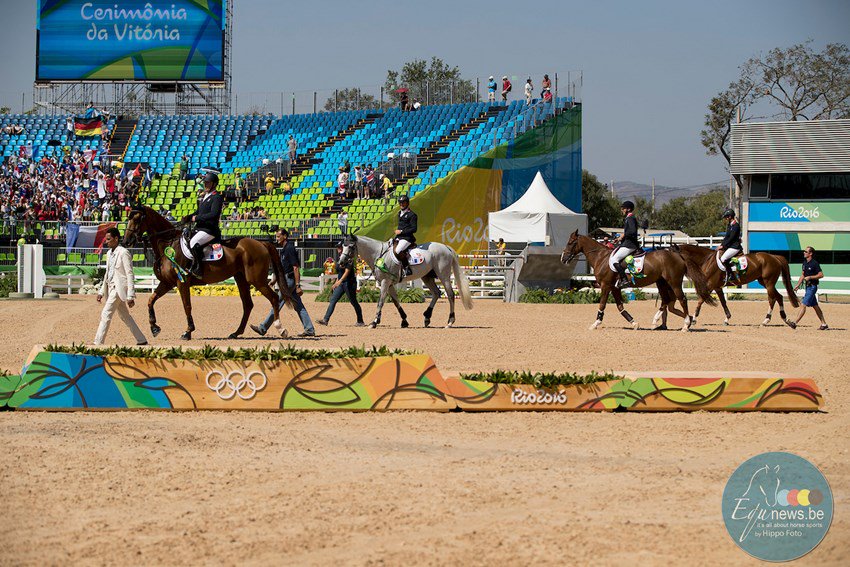In Germany, the Fraunhofer Institute together with ParteQ GmbH conducted a study to compare the risk of a COVID infection in a closed riding hall with a potential infection in the open air. It did so on behalf of the professional association for equine-assisted therapy, promotion and equestrian sport for people with disabilities.
A press release summarises the results of the research:
The hall, measuring 20 by 40 metres, corresponds to the classical construction of riding halls, which are basically built to be flooded with air; in addition, one side door remained open. The measurement took place on a warm, almost windless day, so there was no draught. In all scenarios, the surveys showed no significant aerosol concentration, which was always less than one percent. The studies were conducted using dummies through which aerosols were emitted. They were adapted to the different scenarios of therapy and driving units, each time with measurements with and without a mask.
The conclusion:
- In all scenarios, aerosol transport was extremely low. Only in the immediate vicinity of the emitter could values in the range of 0.6 percent of the source value be measured. This was the case in the therapy situations. Even these concentrations are so low that contamination with viral diseases through aerosol transport is extremely unlikely.
- In the test runs, aerosol transmission was found to be within the range of measurement inaccuracy, so that transmission of the virus by aerosol transport can even be ruled out here.
- The scientists conclude that ventilated indoor riding arenas should not be judged differently from outdoor ones with regard to aerosol transfer. It only depends on the distance of basically one point five to two metres, as well as the wearing of a multi-layered mouth-nose protection in scenarios in which the aforementioned distance cannot be maintained.
Source: Reiterrevue



